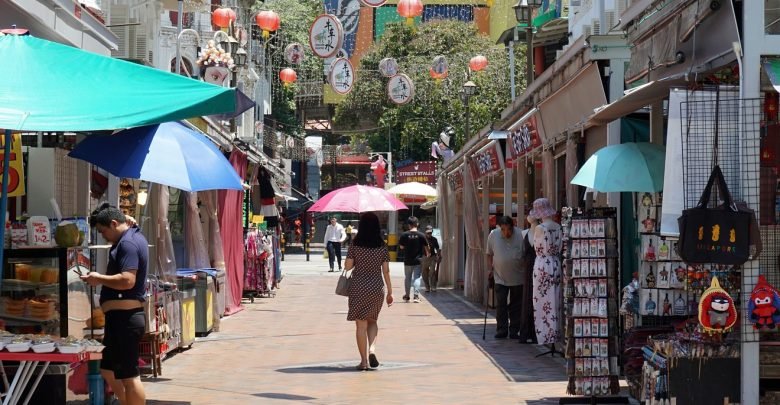Reopening the Economy, Six Hard Lessons from East Asia

East Asia is ahead of the United States in the battle with the coronavirus pandemic.
Their experiences are a potential preview of the zigzags the U.S. will face on the road to reopen the economy, according to Martin Chorzempa, a research fellow at the Peterson Institute for International Economics.
The bottom line. Recoveries are fragile.
President Donald Trump on Friday announced a new panel would start to look at when to end the government shut down of activity that has led to a sharp contraction in economic growth and a spike in layoffs.
“The good news it is possible with effective government to contain the virus for months without shutting down the economy and the service sector functioning largely as normal,” Chorzempa said at a briefing.
Lesson #1. Once a decision is made to reopen, it still takes a while.
One month after China announced a plan for the staggered reopening of the economy, only half of the country’s small businesses have reopened. The process has not been smooth. There were riots when the police tried to keep people in the most affected province of Hubei from crossing the border to the next province.
Lesson #2: The economy will not roar back
Recovery in China has been good but still stuck about 80% of prior output and that’s an optimistic estimate. One problem for China, an exporting giant, is there is only demand for exports of medical goods. Even though they generally think the virus is under control, people are not going back to their usual daily lives. Spending on a recent holiday was 80% below the level seen in 2019.
Lesson #3: Bans of international travel might last longer than expected
Singapore, an initial success story in keeping the virus contained, suddenly found itself in mid-March grappling with a slew of imported cases of coronavirus that mushroomed into new clusters. The island state eventually enacted draconian measures to stop the spread because it was uncertain who needed to be quarantined.
Lesson #4: People who need to be quarantined should not just be sent home
One reason the death toll in many East Asian countries is low is that citizens who needed to be quarantined were sent to separate facilities so that they were not infecting their families and could receive constant medical attention.
Lesson #5: ‘Contact tracing’ is key
A cornerstone of the success of Singapore, South Korea and Taiwan has been their ability to use cell phones for “contact tracing,” finding out who has come in contact with a known carrier of the coronavirus. This allows health officials to respond and quarantine those people without shutting down the rest of society. The U.S. has been behind on tracing contacts but Google and Apple on Friday announced plans to work together on software for phones that would alert people when someone they were near tests positive for coronavirus.
Lesson #6: Too soon to declare victory
There is still too much unknown about the virus to declare victory. The big questions are whether there is a limit on acquired immunity and whether the virus will become seasonal.
Culled from: MarketWatch







